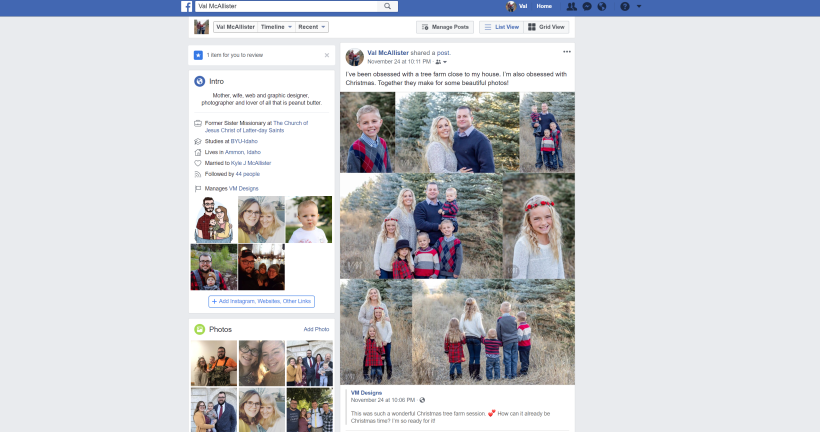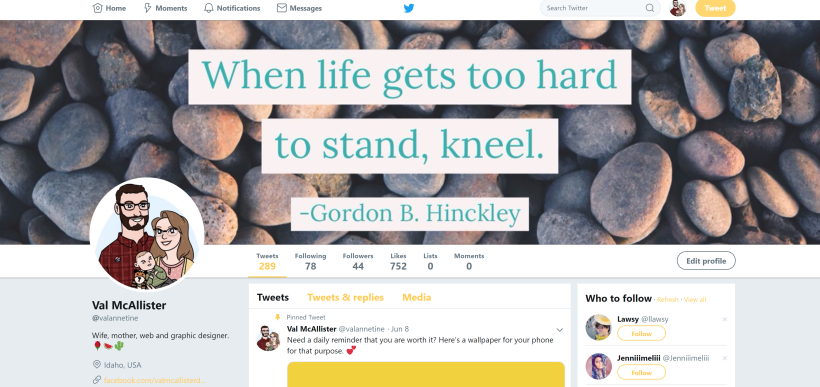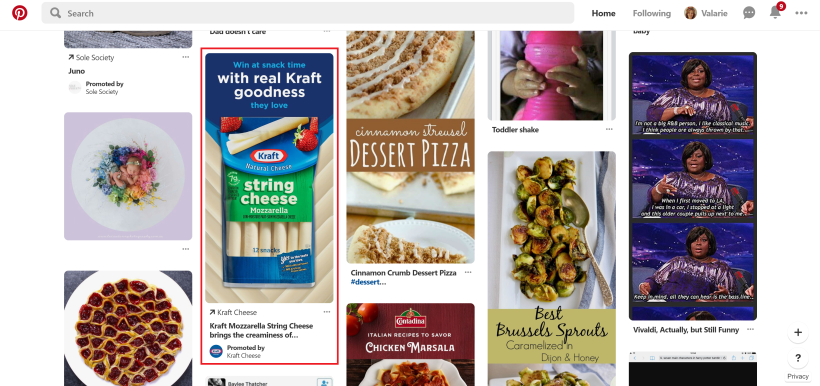When you think of a coach, what comes to mind? A middle aged PE teacher with a red cap and a whistle? A nicely dressed woman who coaches how to “go through life?” Or maybe a really nice handbag with matching wallet?
Recently the first thing that comes to my mind are images of sitting in my son’s room and speaking quietly about his emotions.
Emotion coaching. It’s one of the newer hats I have started to wear as a mother. It’s probably my favorite hat.
I started emotion coaching as a way to nurture my non-verbal son. We talked about how he was feeling so he could learn new ways to express himself. We used laminated emoji faces, Disney movies and our own emotions to figure out how he was feeling. It was the best journey we’ve started as a family.

It’s easy to forget that toddlers are little tiny people with complex emotions that they are just barely beginning to understand they even have. Imagine going through life with the volume turned to 11 and everything is moving in a blur and you don’t know the language? Of course your emotions are going to be intense.
But we as parents have a responsibility to help them understand what they’re going through. Taking the time to quietly reassure them that what they are feeling is normal, and even putting a name to the emotion, is going to do wonders for their self esteem and their relationship with you.
Dr. John Gottman has researched emotion coaching for year and has come up with the basic 5 steps of emotion coaching:
- Be aware of your child’s emotion
- Recognize your child’s expression of emotion as a perfect moment for intimacy and teaching
- Listen with empathy and validate your child’s feelings
- Help your child learn to label their emotions with words
- Set limits when you are helping your child to solve problems or deal with upsetting situations appropriately
It might seem a little daunting at first, and practice is to be had on both the parent’s and the child’s end, but it’s truly worth it.
My son has overcome his communication issues and we talk all the time now. I am so surprised at how well he knows what he is feeling. We still discuss deeper and new emotions and I try to share what I am feeling with him too (age appropriate of course, there’s no use in stressing your children out with your stresses.)
It has brought another dimension in our relationship and I hope this sets a foundation for years of thoughtful and trusting conversations.
You can find more information about Gottman’s emotion coaching here: https://www.gottman.com/blog/an-introduction-to-emotion-coaching/
Lisitsa, E. (2018, August 15). An Introduction to Emotion Coaching. Retrieved from https://www.gottman.com/blog/an-introduction-to-emotion-coaching/










